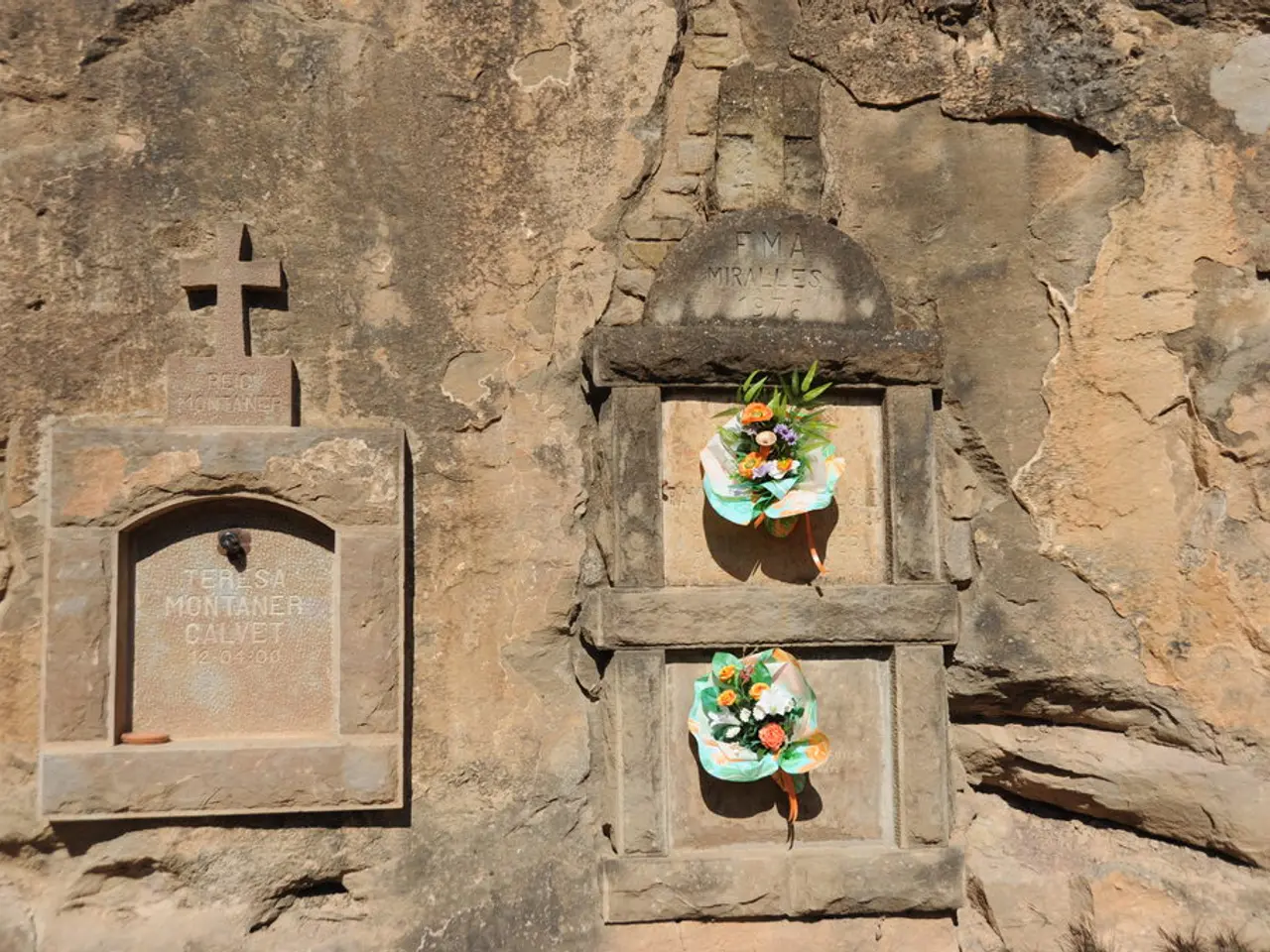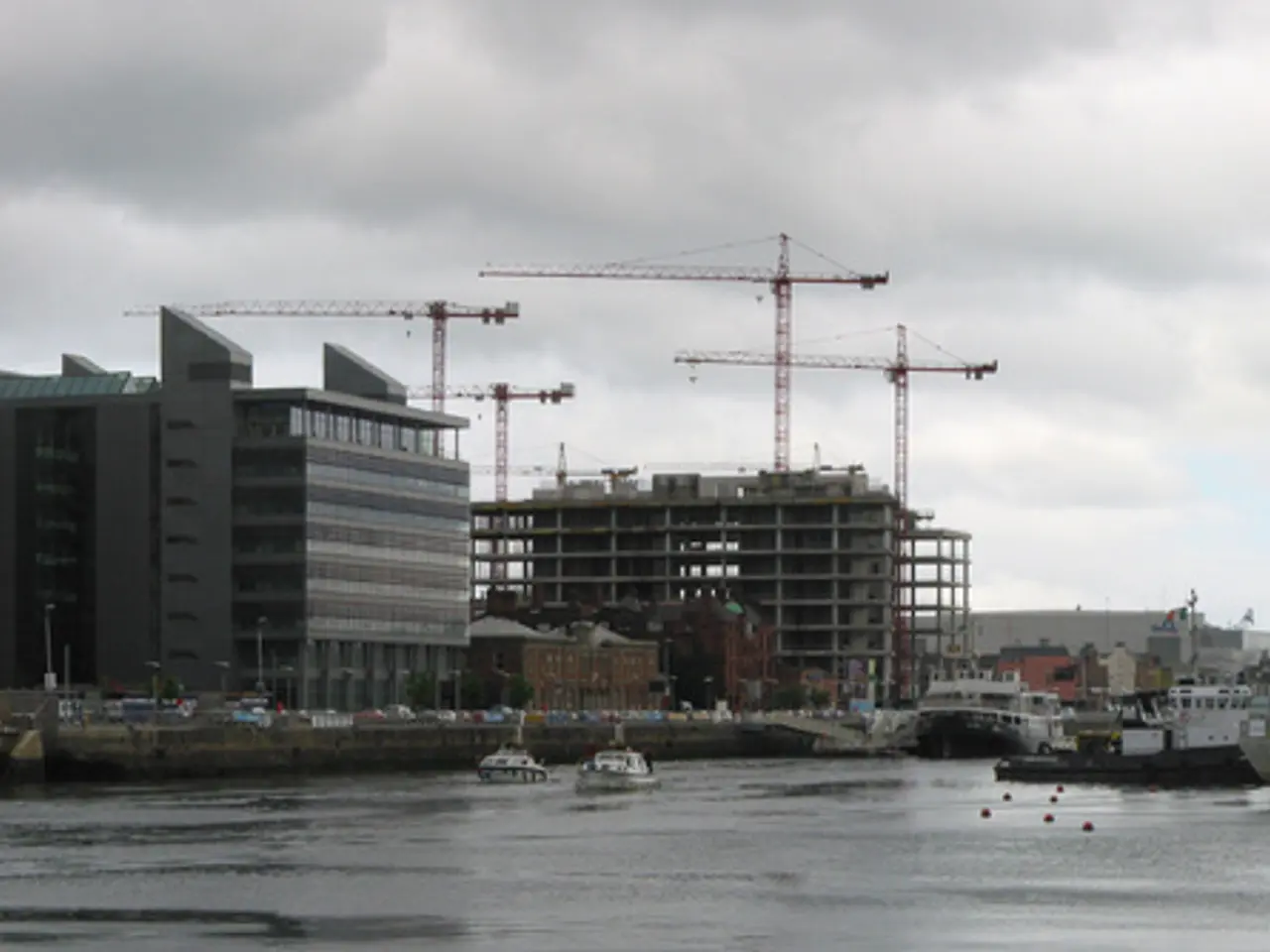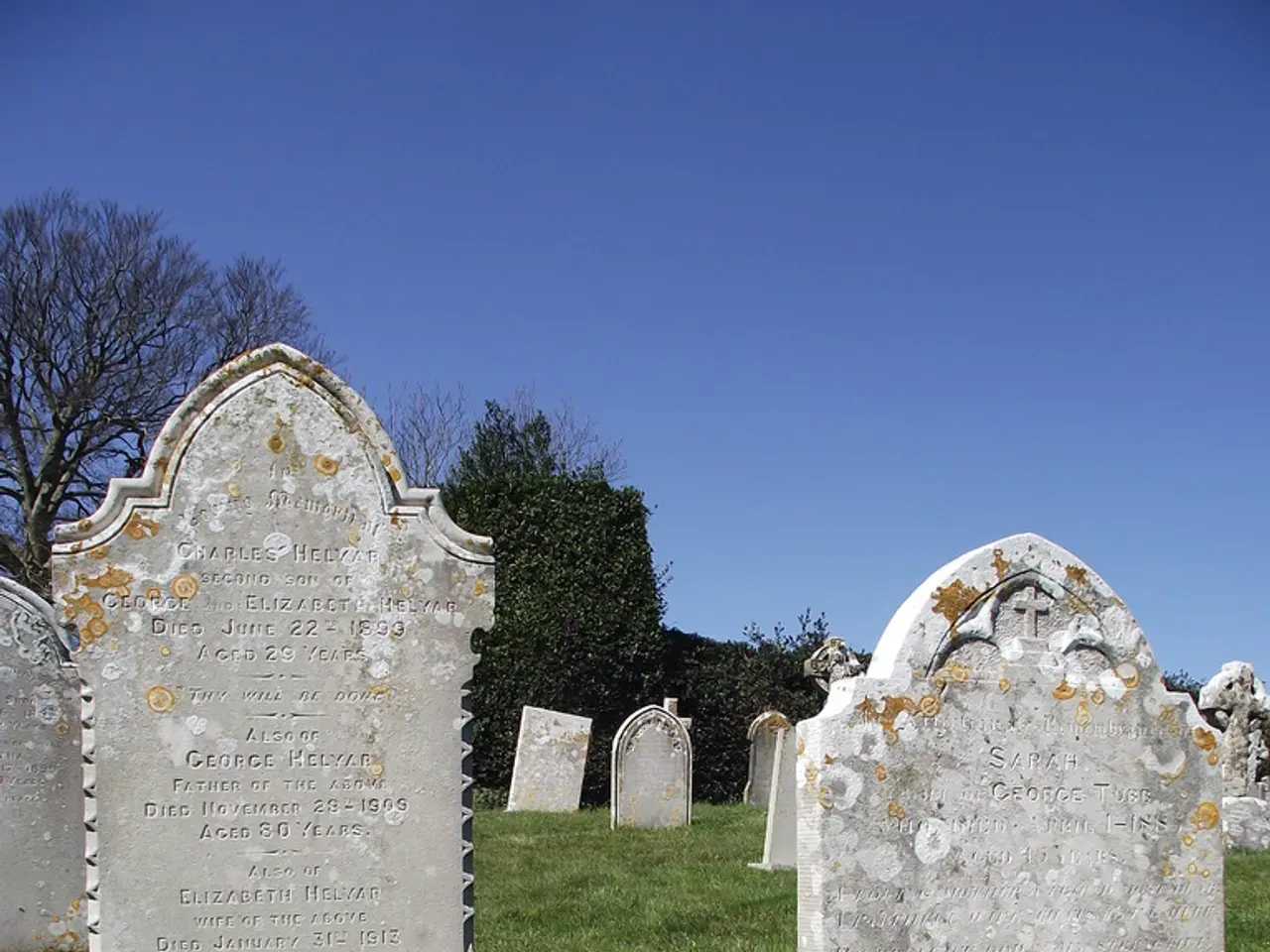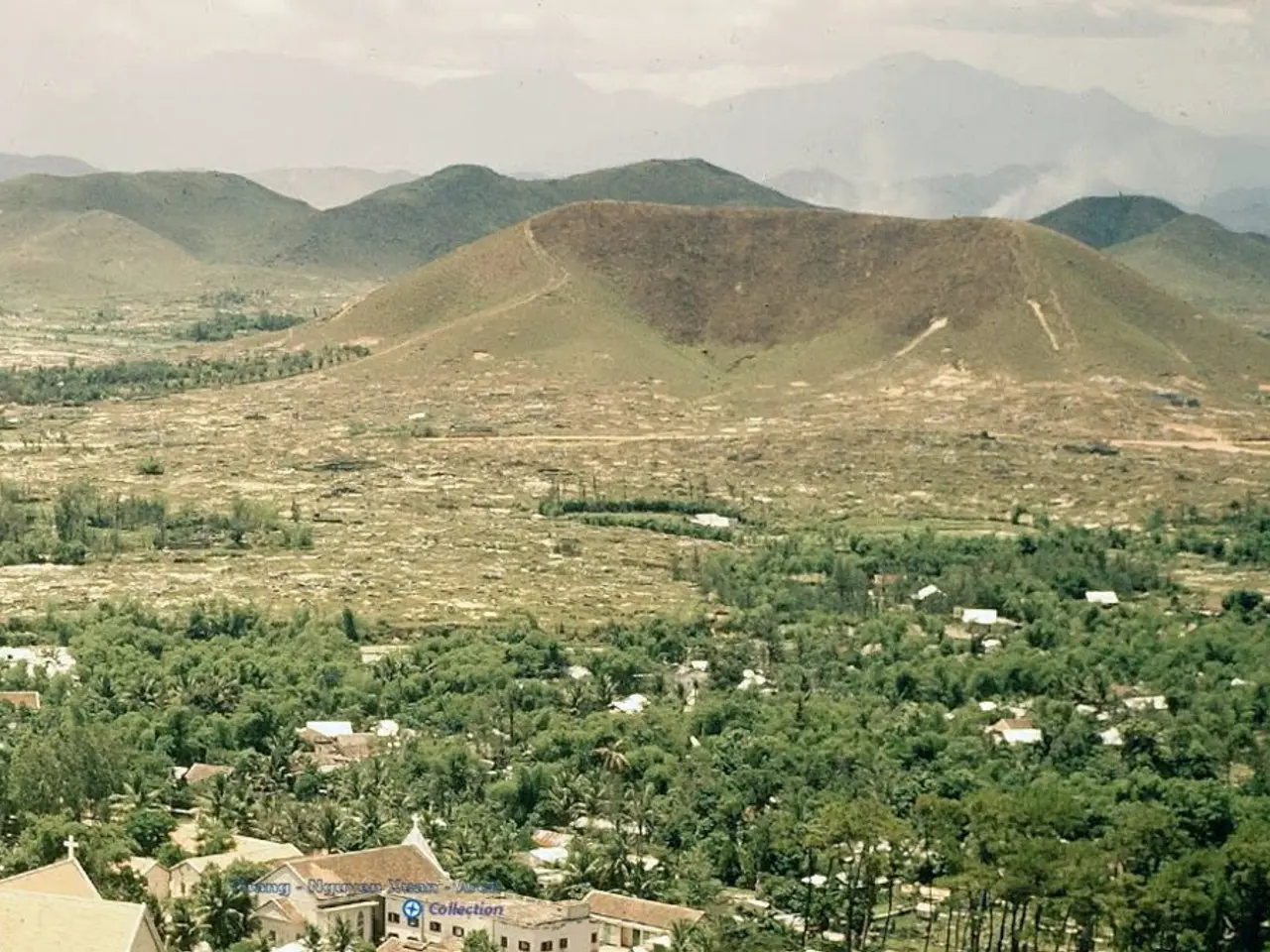Archaeological Landmarks That Influenced the Development of the United States
Unveiling Hidden Histories: A Journey Through Overlooked American Landmarks
In the rich tapestry of American history, several sites often go unnoticed in mainstream narratives, yet they have played significant roles in shaping diversity, race relations, and immigration. Here, we delve into these overlooked landmarks and their impact on our nation's past.
- Black Voices in the Revolutionary War Era
Exhibits like "Black Voices of the Revolution" are shedding light on the historically underrepresented stories of African Americans during the founding era. These narratives challenge traditional views by highlighting the struggles for freedom through petitions and newspapers preserved in archives, offering a more diverse perspective on Black experiences during this period.
- Richmond National Battlefield Park and the Legacy of Civil War-era Events
Beyond well-known battlegrounds, the Richmond Bread Riots of 1863 and the lines of the US Army’s 2nd Corps assault at Cold Harbor serve as poignant reminders of the intersection of race, class, and war. Public history efforts here have helped reshape community memory by integrating perspectives of enslaved people, civilians, and soldiers of varying backgrounds, fostering a broader understanding of race relations amidst conflict.
- Educational Migration Sites and Segregated Black Scholarship Programs
The story of Black students forced to migrate from the South for graduate education, different from the Great Migration, is often omitted. These sites, linked to institutions and southern states providing "segregation scholarships," reveal how Black southerners demanded rights and education within inequitable systems, influencing civil rights and educational history narratives.
- LGBTQ+ and Immigration-related Heritage Sites
Though not directly listed, places like the Stonewall National Monument in New York, managed under Gateway National Recreation Area, serve as hidden gems representing immigrant and LGBTQ+ histories important to diversity and civil rights in America.
- Historical Sites of Indigenous Cultures
- Moundville Archaeological Park, Alabama
Once the second-largest Mississippian site after Cahokia, Moundville was a regional political and ceremonial center with evidence of complex social hierarchies and long-distance trade. Today, it is a peaceful park south of Tuscaloosa, drawing about 40,000 visitors per year. Recent research has highlighted the site's sophisticated engineering and environmental adaptation, while the University of Alabama's museum at Moundville offers interactive exhibits for families and students.
- Chaco Culture National Historical Park, New Mexico
Between 850 and 1250 AD, Chaco connected far-flung communities across the Southwest. As a center of Ancestral Puebloan civilization, it continues to inspire renewed calls for protection, with local tribes playing a key role in preservation. Despite being a UNESCO World Heritage site, Chaco receives only about 40,000 visitors per year.
- Historical Sites of Asian American Experiences
- Tule Lake Segregation Center, California
The largest and most controversial of the WWII Japanese American incarceration camps, Tule Lake became a symbol of resistance and division within the Japanese American community.
- Rosie the Riveter/World War II Home Front National Historical Park, California
This park preserves shipyard buildings, Victory ships, and the stories of "Rosies" who changed American labor forever. The museum's immersive tours and living history programs bring to life the crowded conditions, dreams, and struggles faced by newcomers.
- Historical Sites of Hispanic and Latino Experiences
In 2024, new exhibits focused on Syrian and Puerto Rican families reflected the evolving face of immigration at the Lower East Side Tenement Museum, located in New York. The museum recreates apartments and shares the real-life stories of Jewish, Italian, Irish, and Chinese families who lived there from the mid-1800s to the 1930s.
These sites and themes highlight the multifaceted contributions and struggles of marginalized groups in U.S. history, often outside mainstream memory, and show the evolving public history efforts to recover and honor them. They reflect broad issues tied to race, immigration, education, and citizenship that have shaped American diversity and race relations over centuries.
- Despite being overlooked in mainstream narratives, the South's historically segregated scholarship programs for Black students during the education migration played a significant role in shaping civil rights and educational history narratives.
- War-and-conflicts, politics, and general-news intersect at the Richmond National Battlefield Park, where the Richmond Bread Riots of 1863 and the lines of the US Army’s 2nd Corps assault at Cold Harbor serve as poignant reminders of the intersectionality of race, class, and war during the Civil War era.







